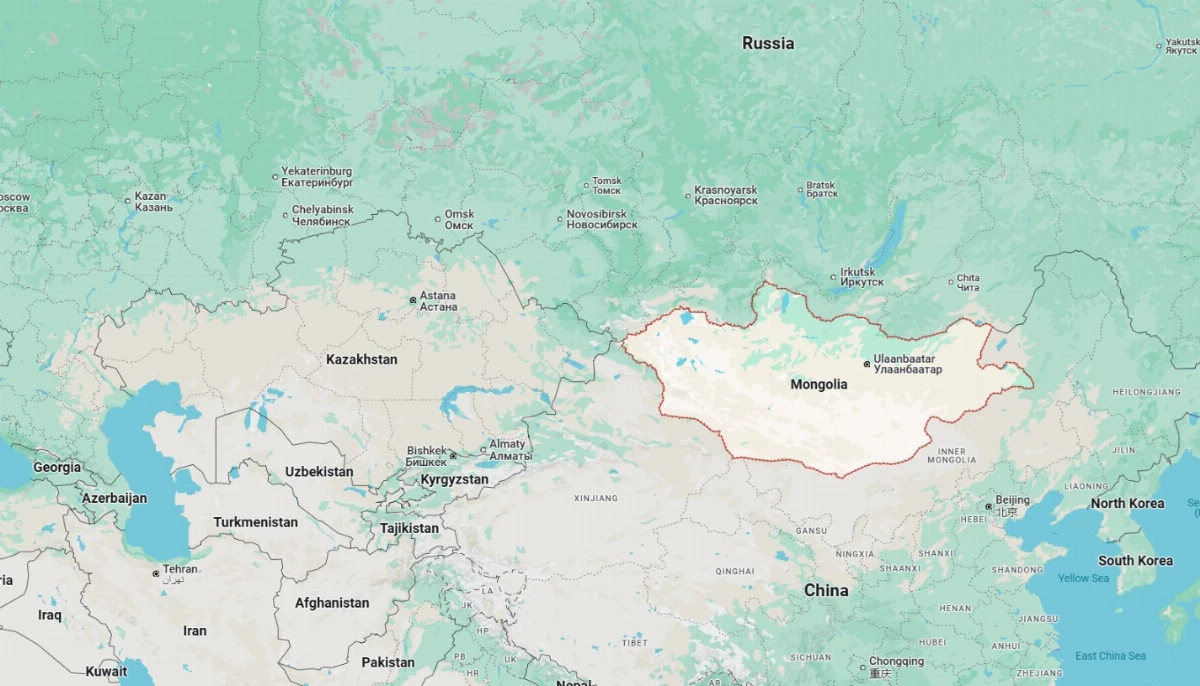
The establishment of closer ties between Mongolia and Central Asia has been a long-standing policy aimed at forging partnerships for Mongolia that extend beyond its traditional relationships with Russia and China. Since 2020, Mongolia's diplomatic and economic relations with Central Asia have undergone a marked intensification, occurring concurrently with the global pandemic of the Coronavirus.
President Ukhnaagiin Khurelsukh's state visits to Uzbekistan and Kazakhstan in 2024 resulted in the establishment of numerous bilateral agreements, thereby fortifying the foundations of trade, transportation, and cultural collaboration between the two nations. The visit to Uzbekistan culminated in the establishment of 14 bilateral agreements and the inauguration of Mongolia's Embassy in Tashkent. This was followed by the Uzbek President's visit to Ulaanbaatar in late June 2025. Similarly, the visit to Kazakhstan resulted in the establishment of a formal strategic partnership between the two countries. Nevertheless, Mongolia has extended its diplomatic relations to Turkmenistan, with whom this was the first bilateral presidential visit since the establishment of diplomatic relations in 1992. Furthermore, Mongolian diplomacy has followed a similar pattern with Kyrgyzstan, with whom bilateral relations have steadily improved since President Sadyr Japarov's visit to Mongolia in 2023 and the opening of the Mongolian Embassy in Kyrgyzstan.
Although still at a modest level, there has been an observed increase in economic cooperation. For instance, as reported by the Ministry of Trade of the Republic of Kazakhstan, the trade turnover between the Republic of Kazakhstan and Mongolia from January to August of 2024 amounted to USD 83.9 million (in comparison to USD 33.9 million in the year 2021). From January to August of 2023, the primary export commodities from Kazakhstan to Mongolia were as follows: The following goods and services were the subject of the expenditure: telephone sets (USD 39.3 million, 47.1% share), tobacco products (USD 17.6 million, 21.1%), chocolate and other ready-to-eat food containing cocoa (USD 3.2 million, 3.8%), and buttermilk, yogurt, and kefir (USD 2.5 million, The top categories of exports, listed in descending order, are as follows: bread and confectionery products made from flour (USD 2 million, 9%), computers (USD 2.1 million, 2.5%), cyanides (USD 1.9 million, 2.3%), coffee, tea, coffee substitutes, essences, and concentrates (USD 1.8 million, 2.1%), and petroleum products (USD 939.8 thousand, 1.1%). The remaining exports are categorized as other goods. However, according to the available data, exports from Mongolia to Kazakhstan from January to August of 2024 amounted to USD 586.1 thousand. Mongolia's trade with Kyrgyzstan exhibited a marked increase, rising from approximately UDS 2 million in 2017 to over USD 5 million in 2022. This growth can be attributed, at least in part, to the re-exportation of used cars and consumer goods. Concurrently, trade between Ulaanbaatar and Uzbekistan has undergone a substantial increase. While Mongolian-Uzbek trade was less than USD 1 million in 2017, by 2022 this figure had increased to nearly USD 10 million. Concurrently, Mongolia's trade with Turkmenistan and Tajikistan remained negligible. Concurrently, despite substantial economic growth in Central Asia, over 90% of Mongolia's exports are still bound for China.
Mongolia's increasing collaboration with Central Asian nations presents significant economic and strategic diversification prospects for the respective countries and Ulaanbaatar. The enhancement of diplomatic and economic relations between Central Asia and Mongolia has the potential to offer a counterbalance to Mongolia's over-reliance on its predominant trading partner, China. Concurrently, the geographic and economic profile of Central Asia, encompassing Kazakhstan and Uzbekistan, and its population of approximately 83.5 million individuals, may present Mongolia with close and substantial market opportunities.
Nevertheless, from a political point of view, the political similarities between Mongolia and Central Asia could provide a transparent framework for different forms of cooperation between Ulaanbaatar and the region. Furthermore, Mongolia's active involvement in cultural events such as the Nomadic World Games will serve to reinforce its shared cultural heritage with Central Asian states, thereby facilitating the development of a regional identity that links East and West, a priority for Central Asians.
From an economic perspective, integration into Central Asian regional mechanisms could provide Mongolia with access to the emerging transport corridors in the region, in particular the Middle Corridor linking Asia with Europe, which does not include Russia. This initiative would provide substantial benefits to Mongolia by facilitating its entry into global markets.
However, this assertion also prompts further inquiry into the means by which Mongolia, a country geographically constrained by its proximity to China and Russia and devoid of direct access to Central Asia, would be able to surmount this impediment.

An analysis of Mongolia's foreign policy may provide insights into the underlying factors contributing to this phenomenon. Indeed, Mongolia's long-standing strategic neutrality and pragmatic foreign policy approach have found positive resonance in the Central Asian region and with Moscow and Beijing. This approach has allowed Mongolia to respond to the sensitive geopolitical interests and sensitivities of Russia and China in building closer economic ties with Central Asia without unilateral engagement.
Mongolia's geographic proximity to Central Asia is a strategic imperative that also presents opportunities for Ulaanbaatar. For Mongolia, its strategic shift towards Central Asia functions as a diplomatic insurance policy, thereby enhancing its strategic autonomy in the face of geopolitical uncertainty. A pragmatic approach to bilateral and multilateral cooperation has the potential to alleviate potential pressures from Russia and China, while concurrently strengthening ties with Western democracies. The development of regional structures that exclude external powers has the potential to create space for collective action among the larger Central Asian states, including Mongolia.
The author is a researcher at the Eurasia Center